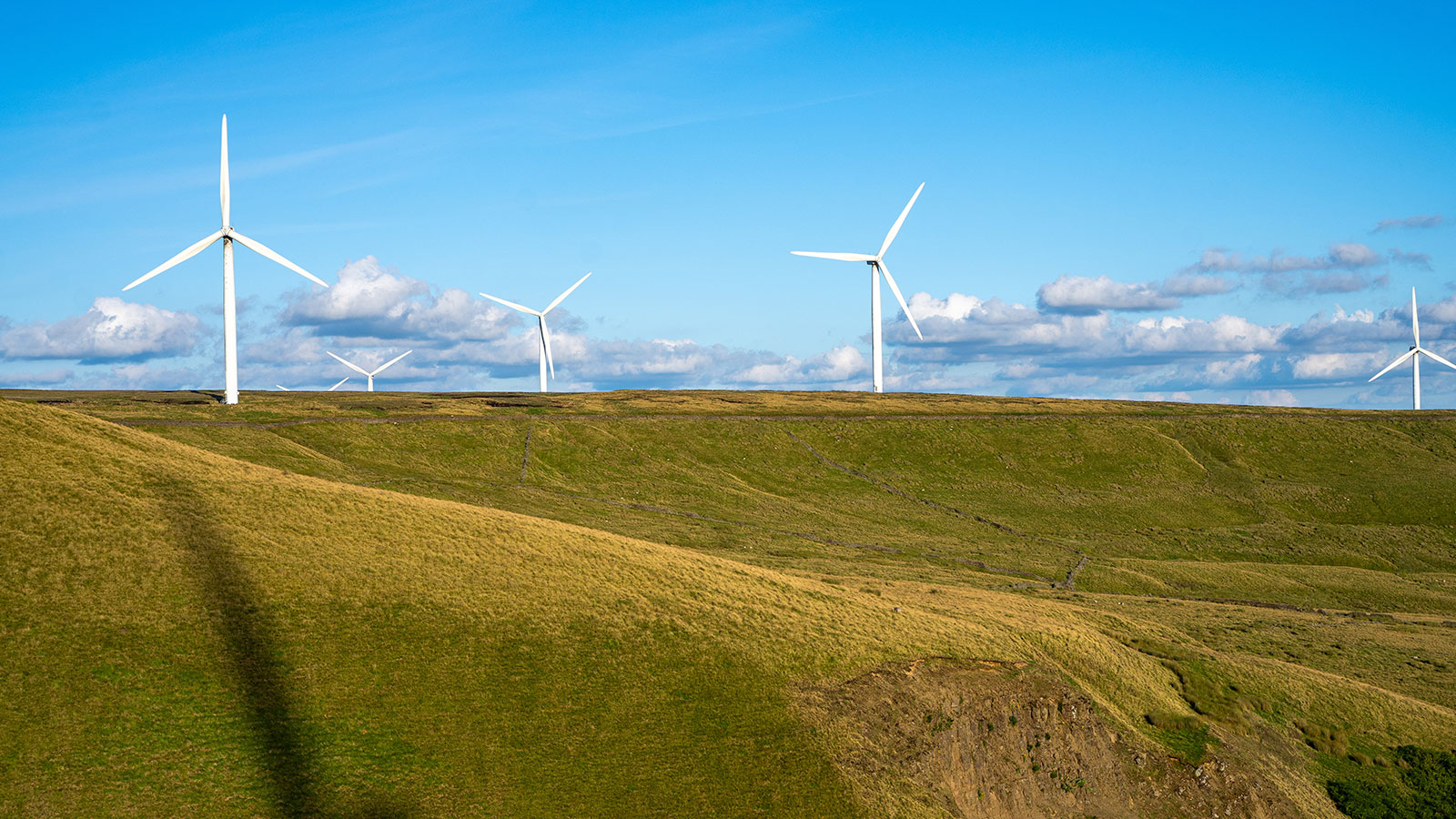The UK has massive untapped potential when it comes to the development of onshore renewable energy infrastructure, according to a new study from the University of Exeter’s Environmental Intelligence Centre and Friends of the Earth.
While the UK has concentrated much of the development of its renewable energy infrastructure offshore, becoming one of the world’s leading countries in offshore wind in particular, it has lagged behind when it comes to onshore renewables.
The UK Government previously had a de facto ban on new onshore wind farms, which was lifted in September 2023. However, despite the lifting, as of December 2023, not a single developer had submitted plans for onshore wind due the higher barriers they faced compared to other infrastructure projects.
Meanwhile, while solar farms are being developed in the UK, they also face opposition from local councils. Recently a council in Kent rejected proposals for an 18MW solar farm on environmental grounds, despite developers promising to put biodiversity at the heart of the scheme.
The potential for onshore renewables in the UK
The struggle to build onshore renewable energy generation in the UK is not only frustrating for developers, but it also means the UK is not fulfilling its decarbonisation potential. At least, that’s what the new figures from Friends of the Earth appear to show.
The research reveals that 374,900 hectares ,or about 2.9% of England’s total landmass, holds high potential for onshore wind and solar farms. Notably, North Yorkshire, Lincolnshire, and East Riding of Yorkshire emerge as prime candidates for future projects.
By leveraging these sites, the study suggests, England could witness a dramatic increase in its renewable energy output, far exceeding current production levels.
The criteria used to select these sites were stringent, deliberately excluding national parks, areas of outstanding natural beauty, higher grade agricultural lands, and heritage sites. Despite these constraints, the identified land could facilitate the generation of 130,421 GWh from solar power and 95,542 GWh from onshore wind – vastly outstripping the existing combined output of 17,063 GWh.
Why the UK needs to reconsider onshore renewable projects
With the UK committed to slashing carbon emissions by 68% by 2030, the necessity of doubling renewable electricity production within the next six years has never been clearer. Achieving this goal is paramount for powering the green transition, supporting the widespread adoption of electric vehicles, and transitioning to clean heating solutions.
If fully developed, the land pinpointed for onshore wind and solar energy could produce 2.5 times the electricity needed by all households in England. This surplus energy could cement the UK’s status as a green energy superpower, capable of exporting clean electricity globally, thereby enhancing energy independence and reducing reliance on fluctuating global gas markets.
It’s also true that onshore renewables are the cheapest form of electricity generation, with the surrounding infrastructure much easier to construct than what’s needed for a wind farm located far offshore.
Calls for policy reform
Amidst the potential for transformative growth in renewable energy, Tony Bosworth of Friends of the Earth emphasises the necessity for decisive political action. He commented, “Unleashing the UK’s immense potential to generate cheap, clean homegrown renewables is essential to bring down our energy bills for good and meeting the UK’s vital international target to reduce carbon emissions by two thirds by 2030.
“But the current government’s track record on boosting our energy security through renewables is woefully inadequate and has left the UK lagging far behind in the global race to a zero-carbon economy. Meanwhile, Labour is looking increasingly shaky on climate after rolling back its planned investment in green growth.
“We urgently need our political leaders to pull their heads out of the sand and produce a strong, ambitious and fair new climate plan that lifts the barriers to onshore wind and solar power and secures investment in the infrastructure needed to support the switch to renewables. These are win-win policies for creating long-term jobs, boosting our ailing economy and protecting our planet for future generations.”

